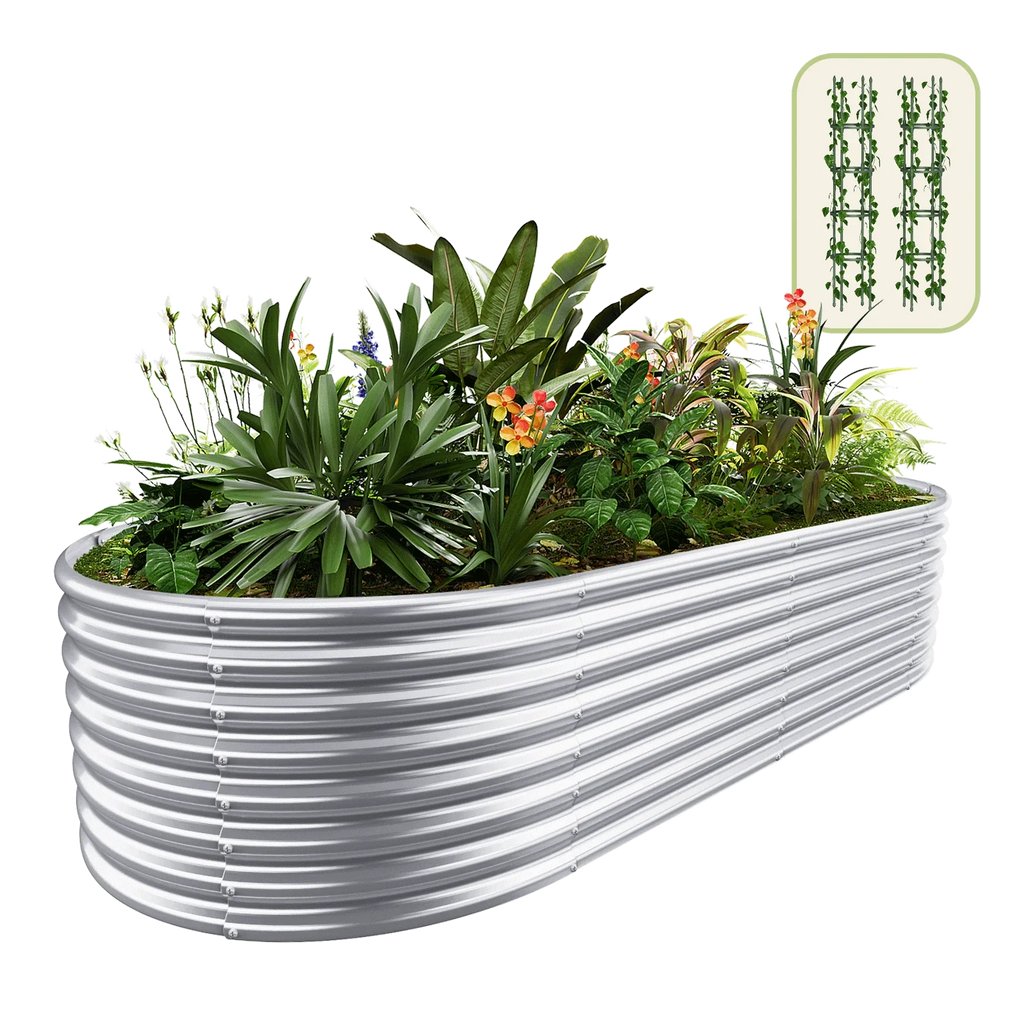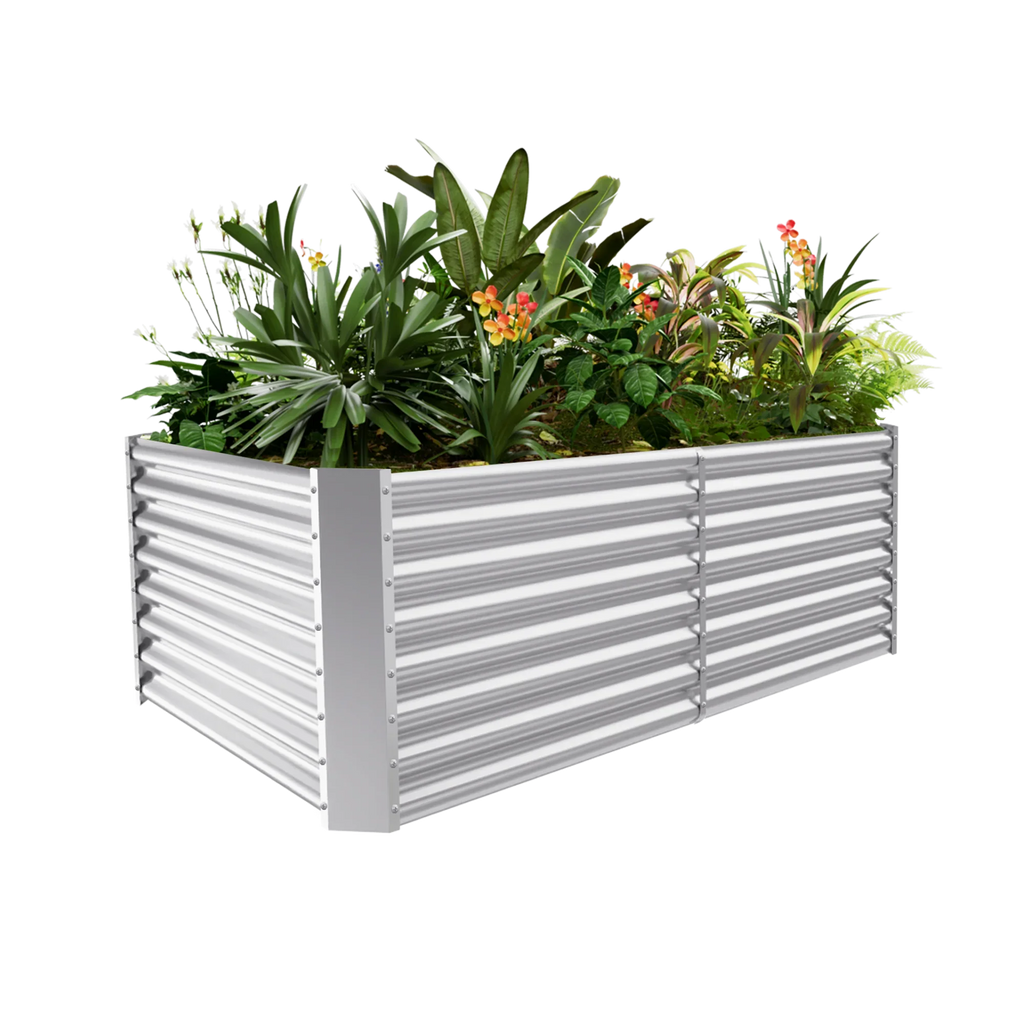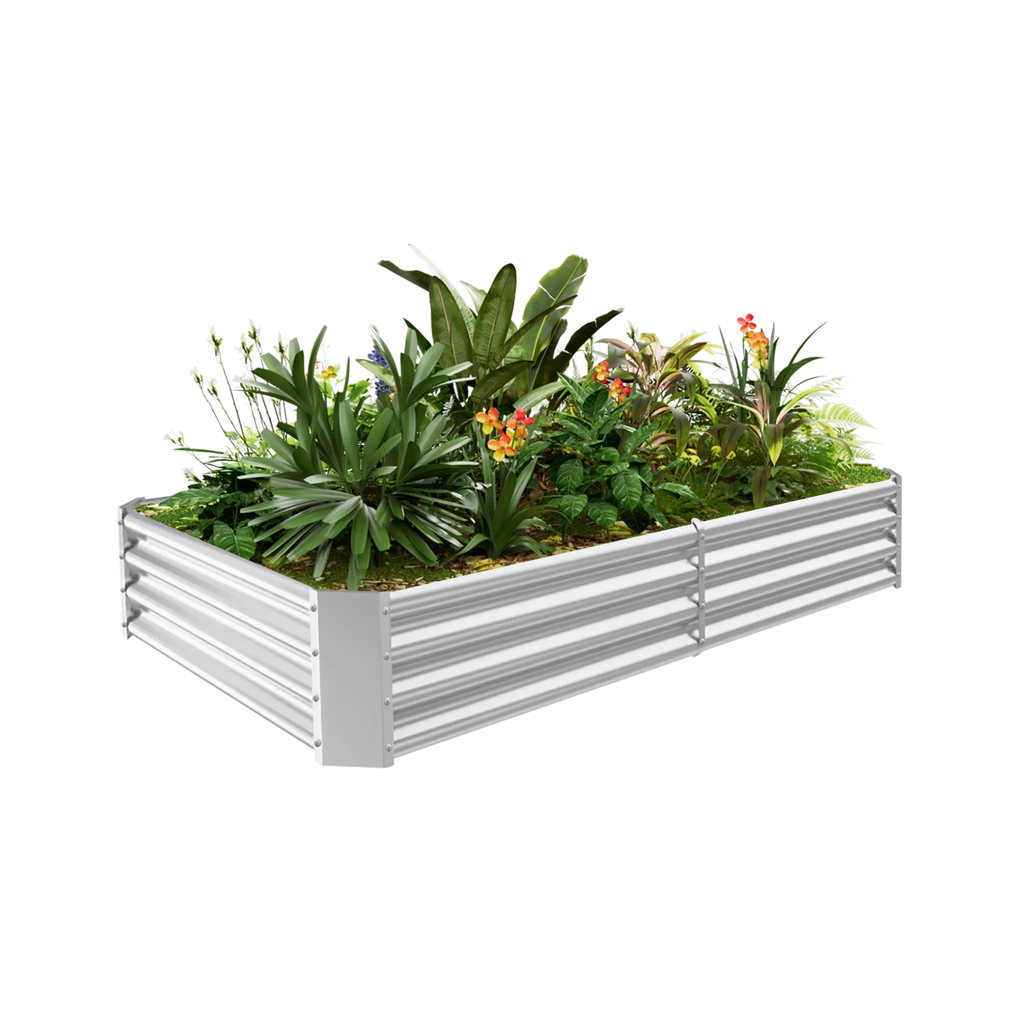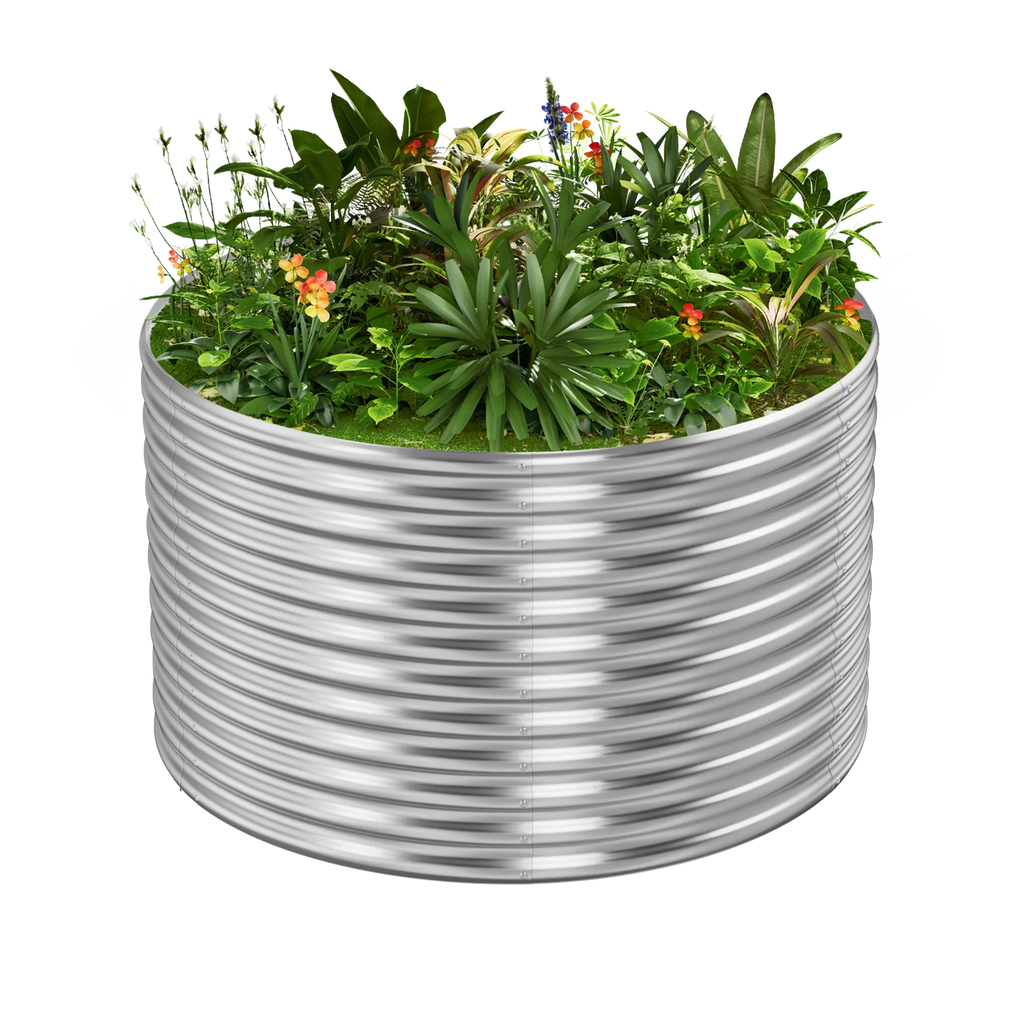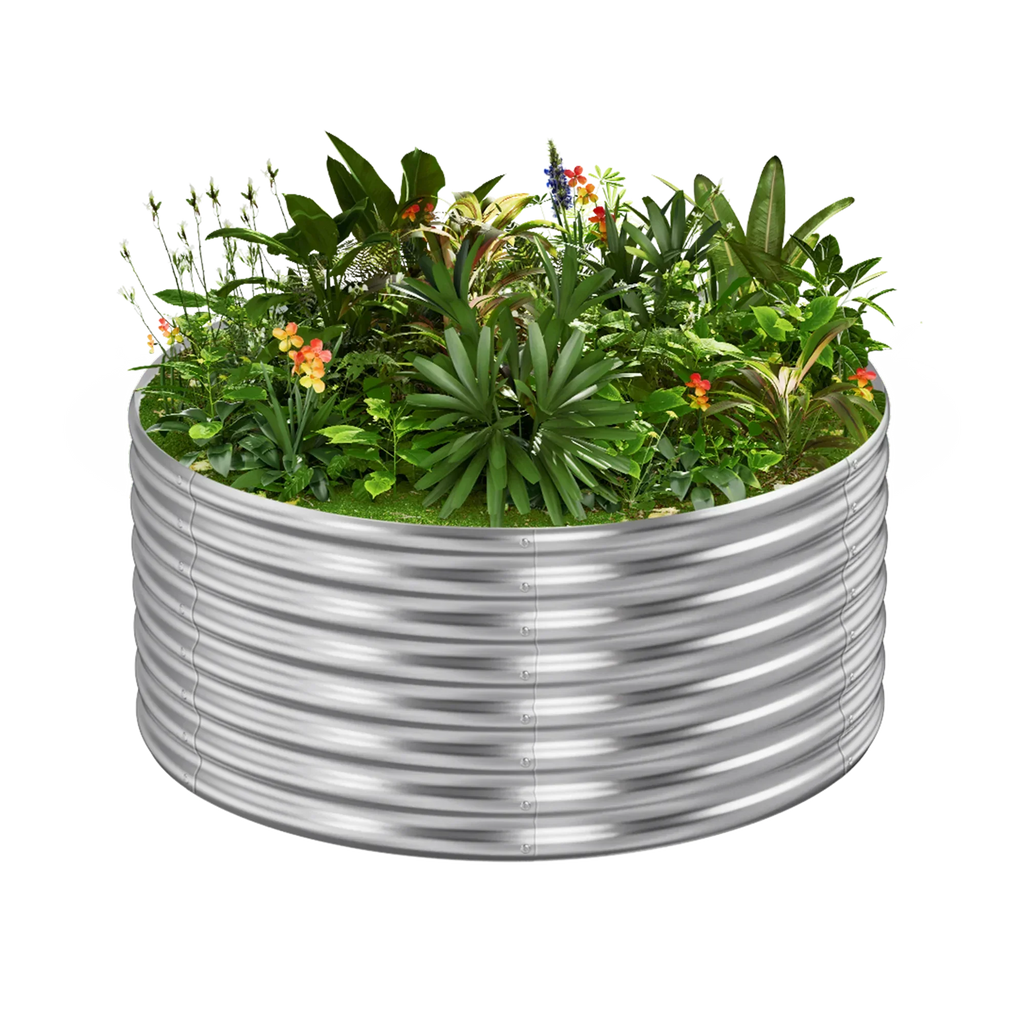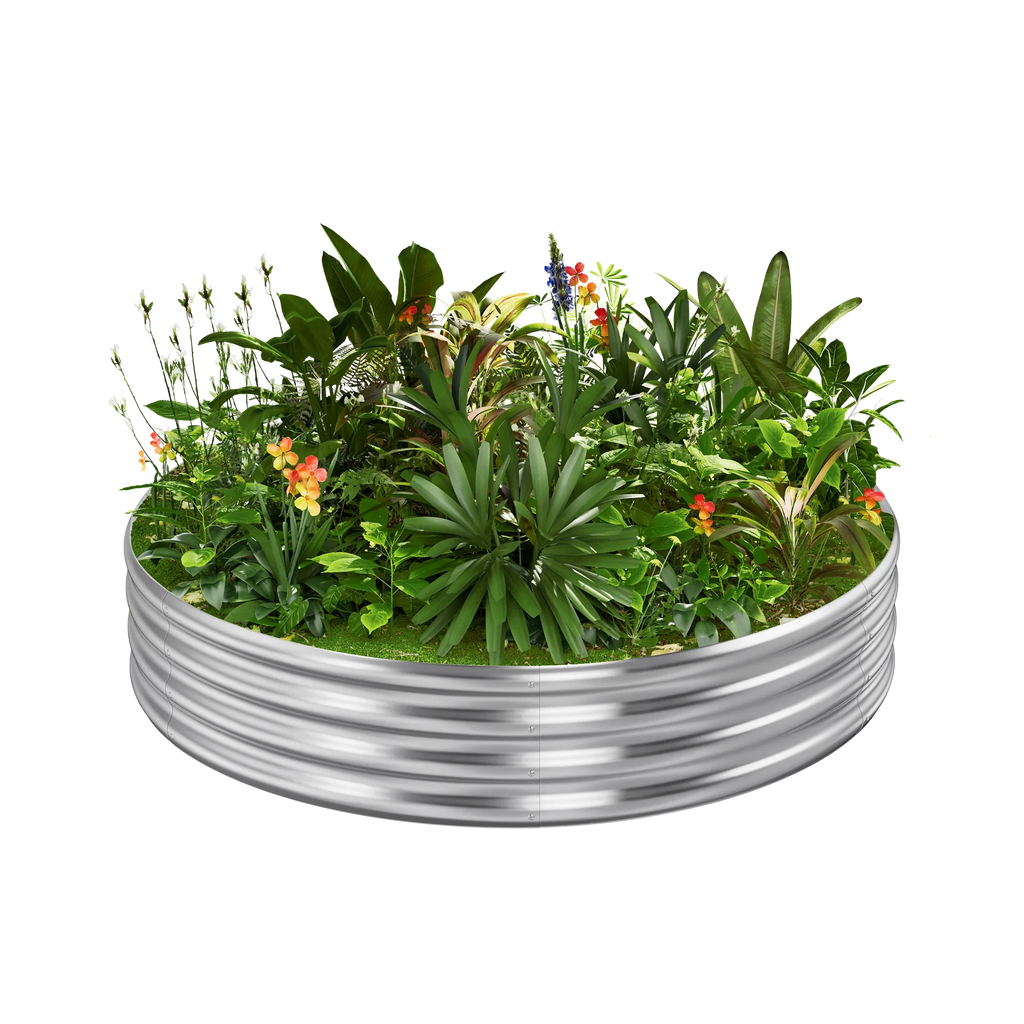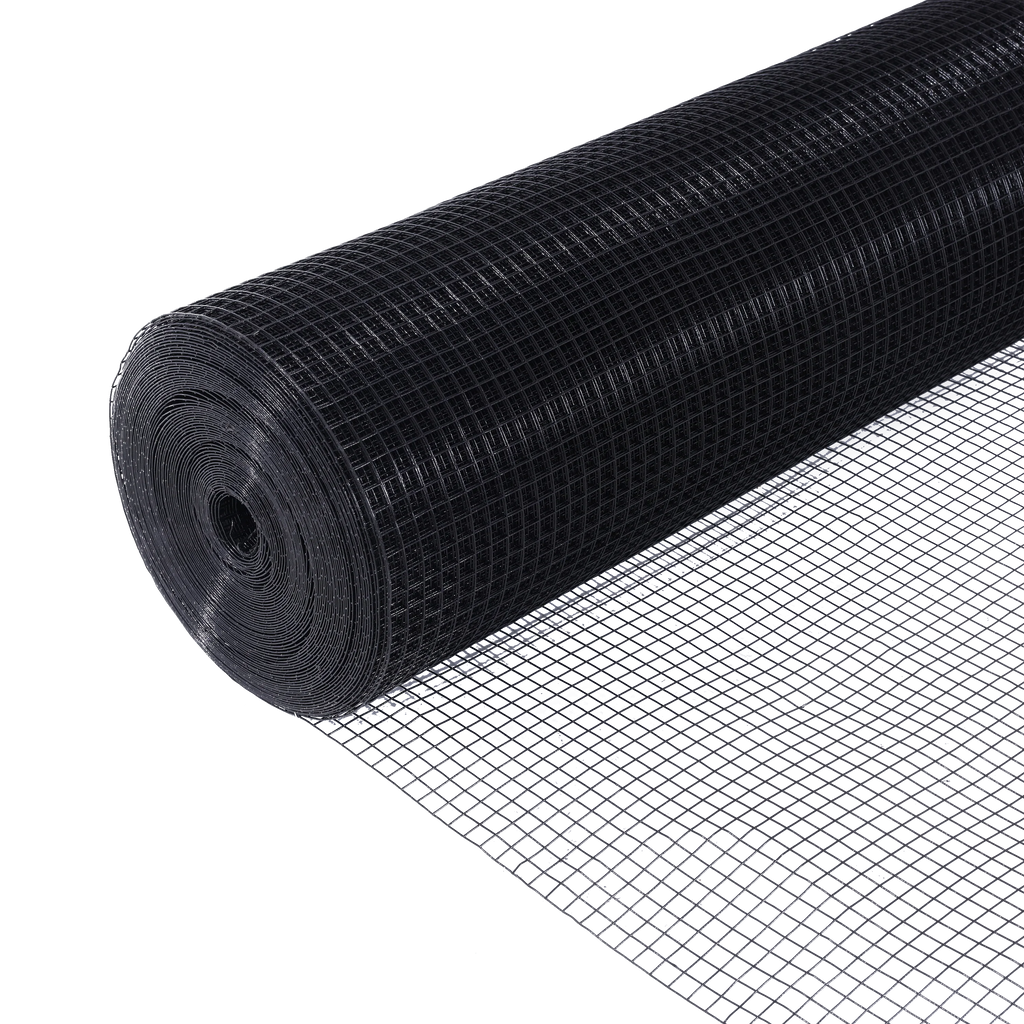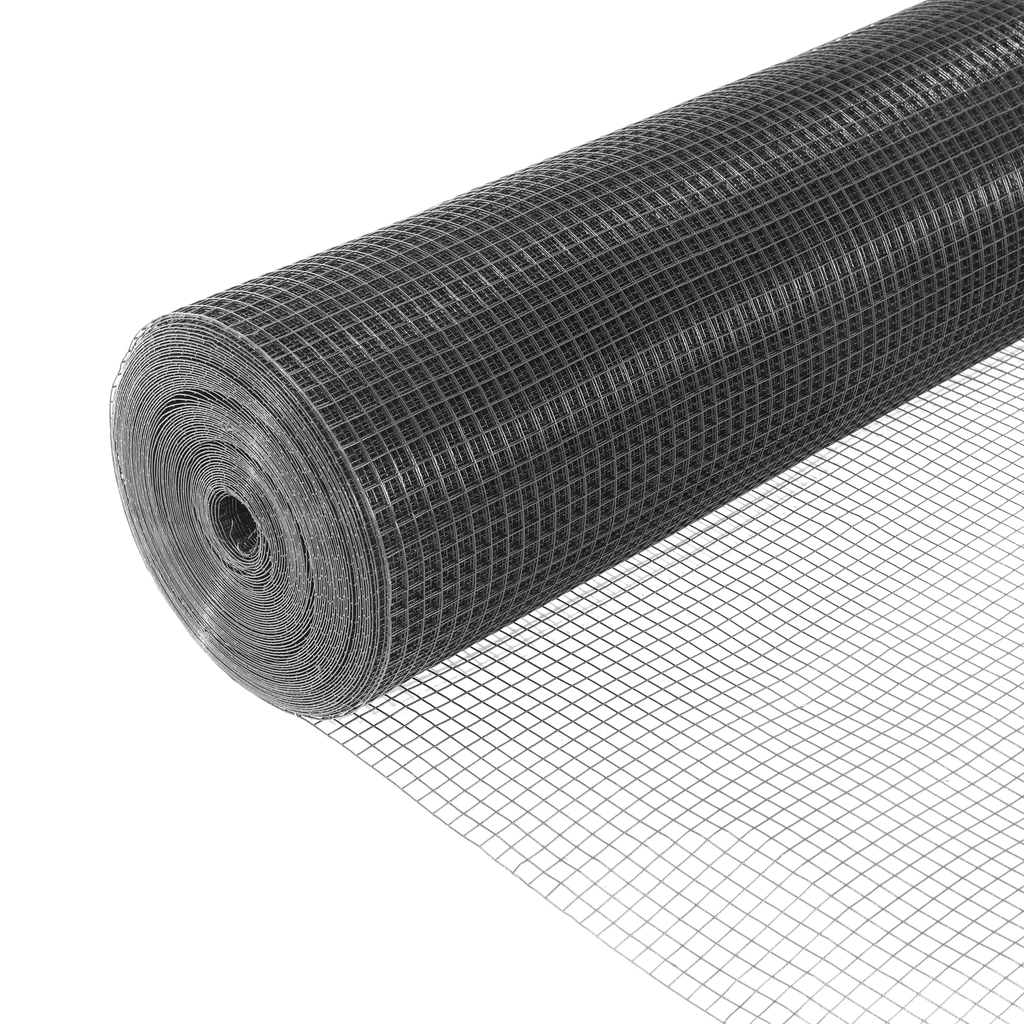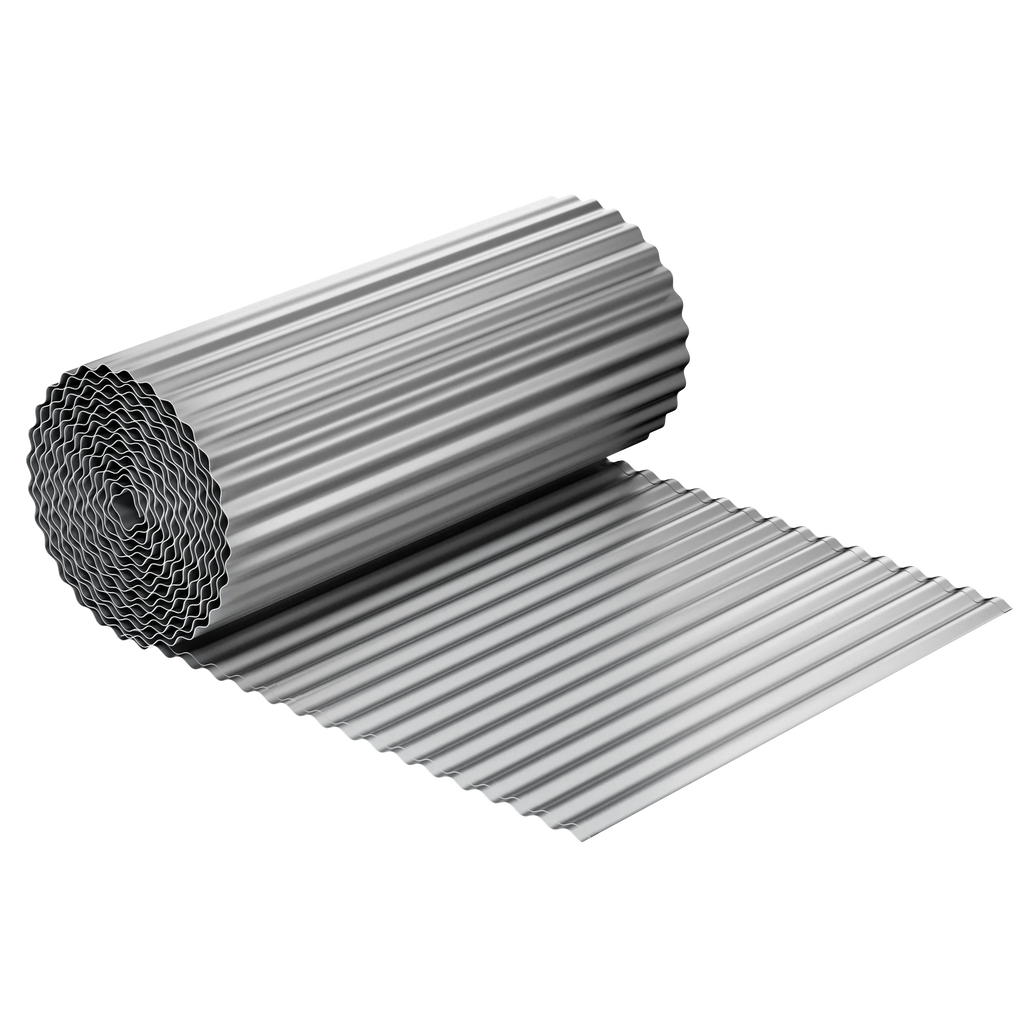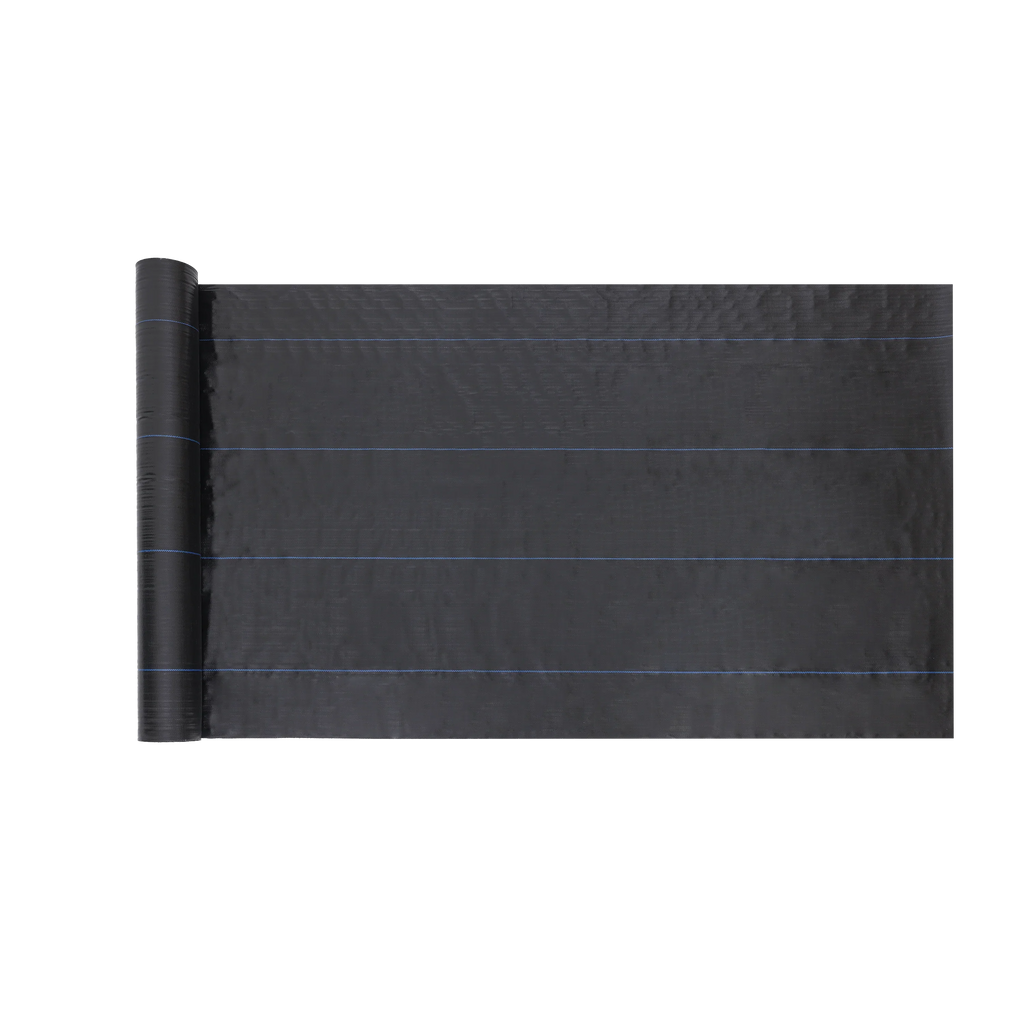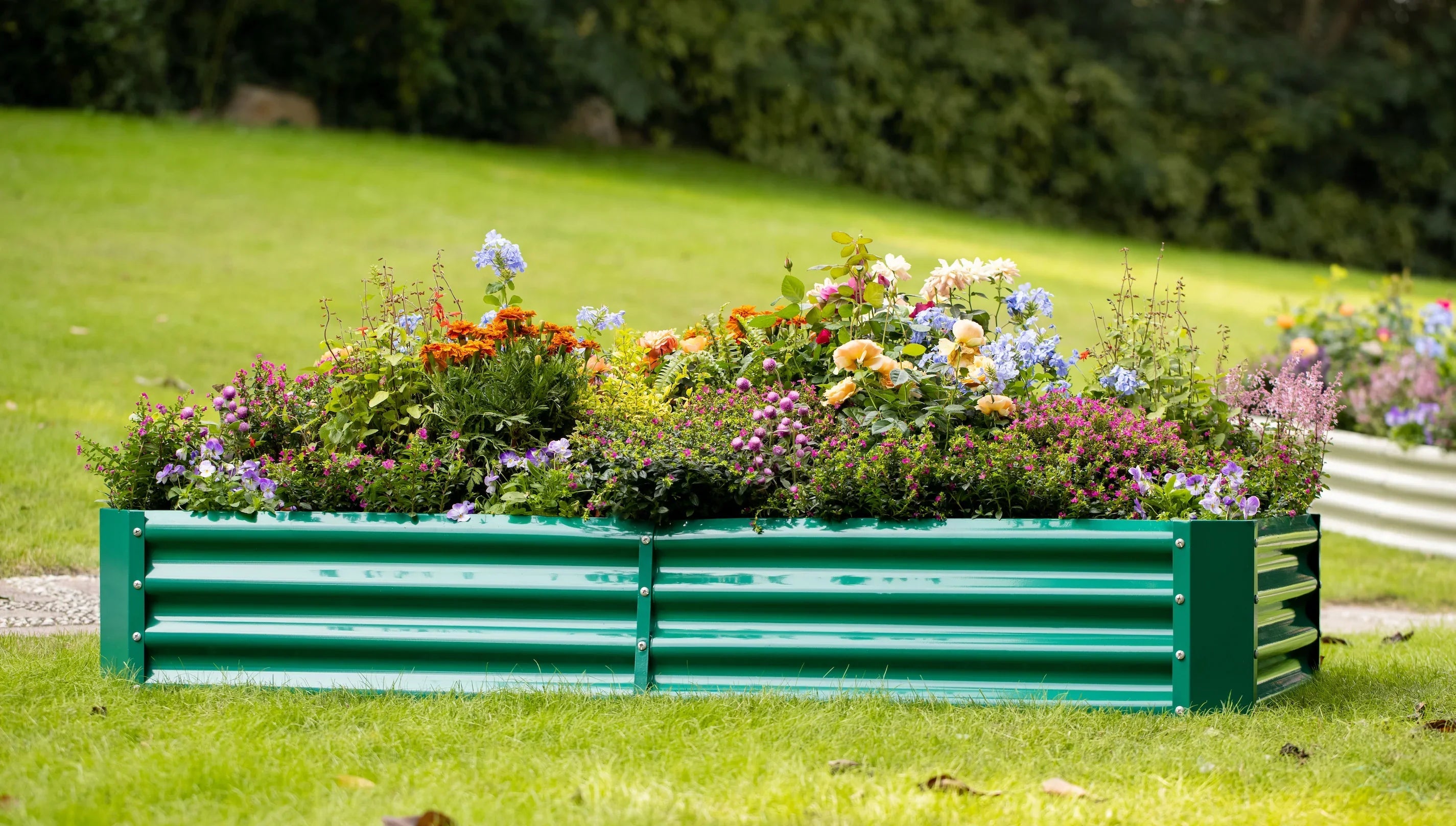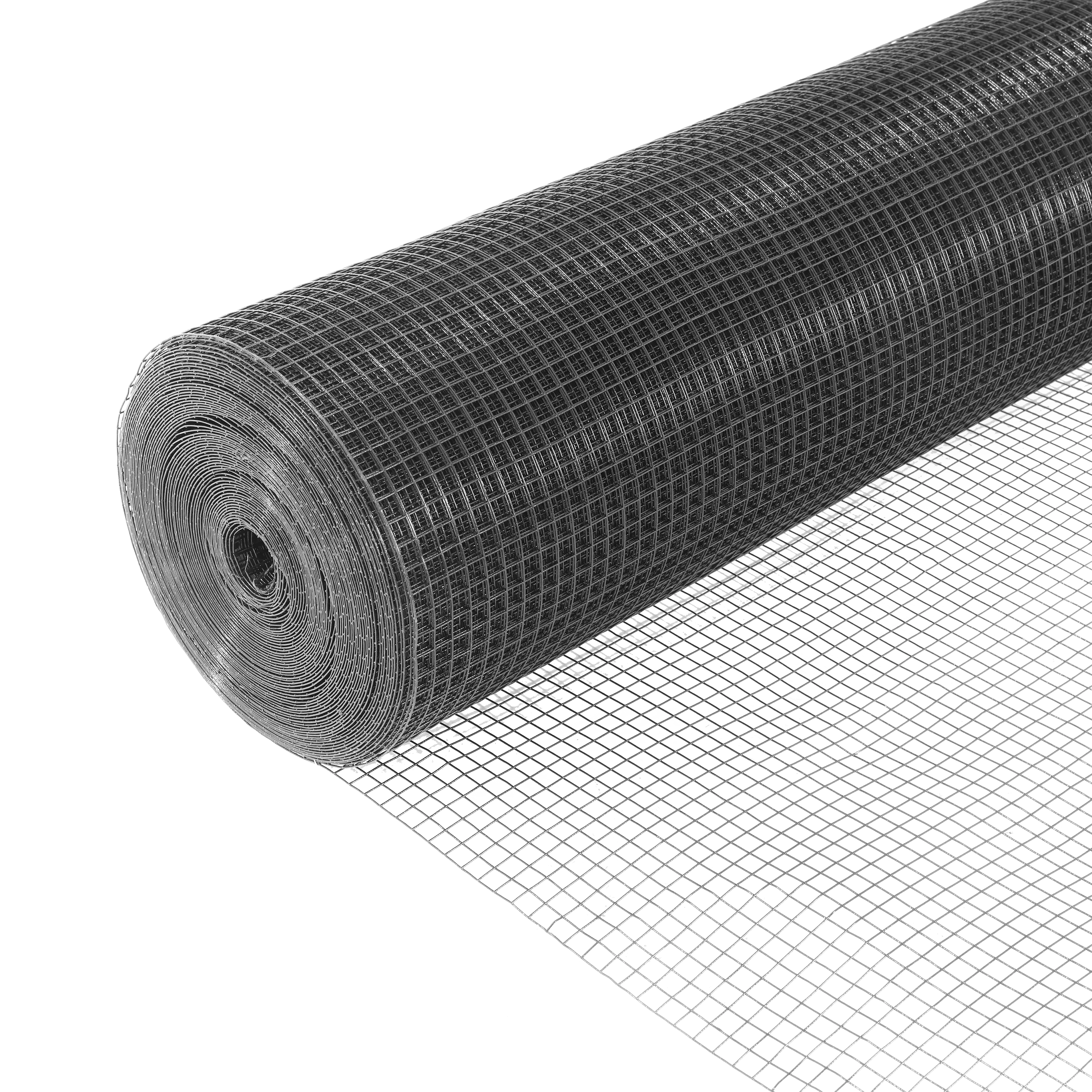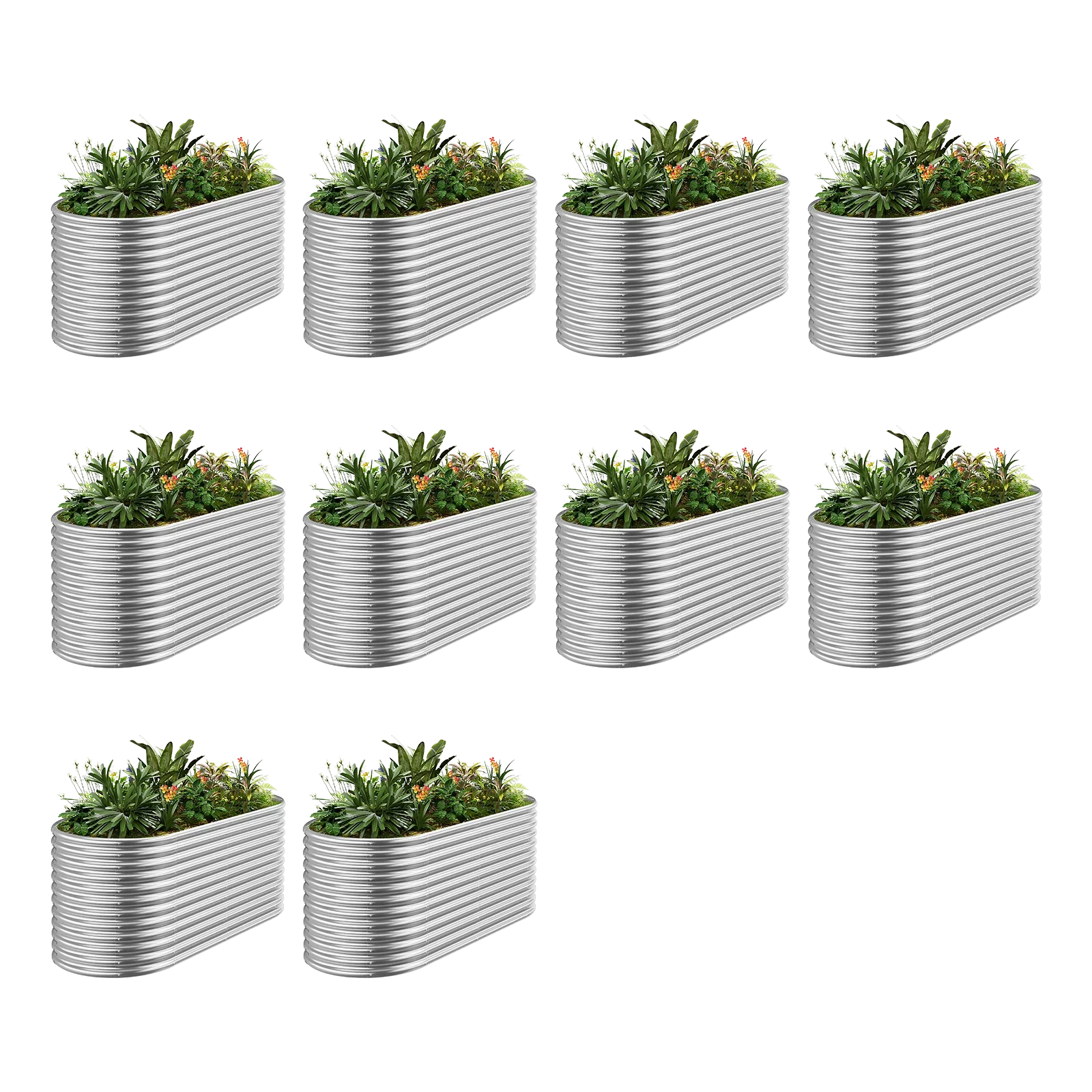Introduction: The Great Garden Bed Debate
When choosing raised garden beds, durability is a top concern. While wooden beds have been the traditional choice, Landguard's galvanized steel garden beds are revolutionizing home gardening with unmatched longevity and performance. But how do they really compare?
This in-depth comparison reveals:
✔ Lifespan tests: Wood vs. galvanized steel in real-world conditions
✔ Cost analysis: Why Landguard saves money long-term
✔ Maintenance requirements: Hours spent repairing vs. effortless durability
✔ Expert recommendations for different climates and gardening styles
Lifespan Showdown: Landguard Steel vs. Wooden Beds
Wooden Raised Beds: The Reality
-
Average lifespan: 5-7 years (even with cedar or redwood)
-
Common failure points:
-
Rotting at ground contact (within 2-3 years)
-
Warping/splitting from moisture
-
Termite and ant damage
-
-
Climate impact:
-
Lasts just 3-4 years in humid regions
-
Requires annual sealing in dry climates
-
"My cedar beds completely deteriorated after 6 seasons—replacement cost more than buying steel upfront." - Mark R., Zone 7 gardener
Landguard Galvanized Steel Beds: Engineered to Last
-
Proven lifespan: 20+ years (10-year warranty)
-
Durability features:
-
0.8mm thick steel (vs. 0.4mm on cheap brands)
-
Double-layer zinc coating inside and out
-
Powder-coated exterior resists scratches
-
-
Climate-proof performance:
-
No rust in coastal salt air (independent testing)
-
Withstands -30°F to 120°F without warping
-
Cost Comparison Over 20 Years
| Expense | Wood (Cedar) | Landguard Galvanized |
|---|---|---|
| Initial Cost | $200 | $300 |
| Replacements Needed | 3x | 0 |
| Annual Maintenance | $50 (stain/seal) | $0 |
| Total 20-Year Cost | $950+ | $300 |
Key Insight: Landguard pays for itself in <5 years versus wood.
6 Reasons Gardeners Switch to Landguard
1. Zero Rot or Insect Damage
-
Steel is impervious to termites, carpenter ants, and fungal decay
2. No Seasonal Maintenance
-
Unlike wood, requires no staining, sealing, or sanding
3. Consistent Soil Containment
-
Walls never bow outward from soil pressure
4. Faster Spring Warm-Up
-
Steel absorbs sunlight, warming soil 2-3 weeks earlier than wood
5. Cleaner Look Year-Round
-
No mildew stains or peeling finishes
6. Modular Expandability
-
Easily connect additional Landguard beds (wood requires complete rebuilds)
When Wood Might Still Make Sense
-
Temporary gardens (<3 years)
-
Extremely tight budgets (though consider used Landguard beds)
-
DIY projects where appearance trumps longevity
Real-World Testimonials
"After replacing cedar beds twice in 10 years, my Landguard beds still look new after 8 seasons—even with our heavy clay soil." - Sarah T., Michigan
"The coastal salt air destroyed my redwood beds in 4 years. My Landguard beds show zero corrosion after 6 years near the ocean." - Carlos M., California
Expert Recommendation
For gardeners who want:
✅ "Set it and forget it" durability
✅ Lower lifetime costs
✅ Modern, sleek aesthetics
Landguard galvanized beds are the clear choice over wood.
Ready to upgrade?
👉 [Shop Landguard's Best-Selling Galvanized Beds]








